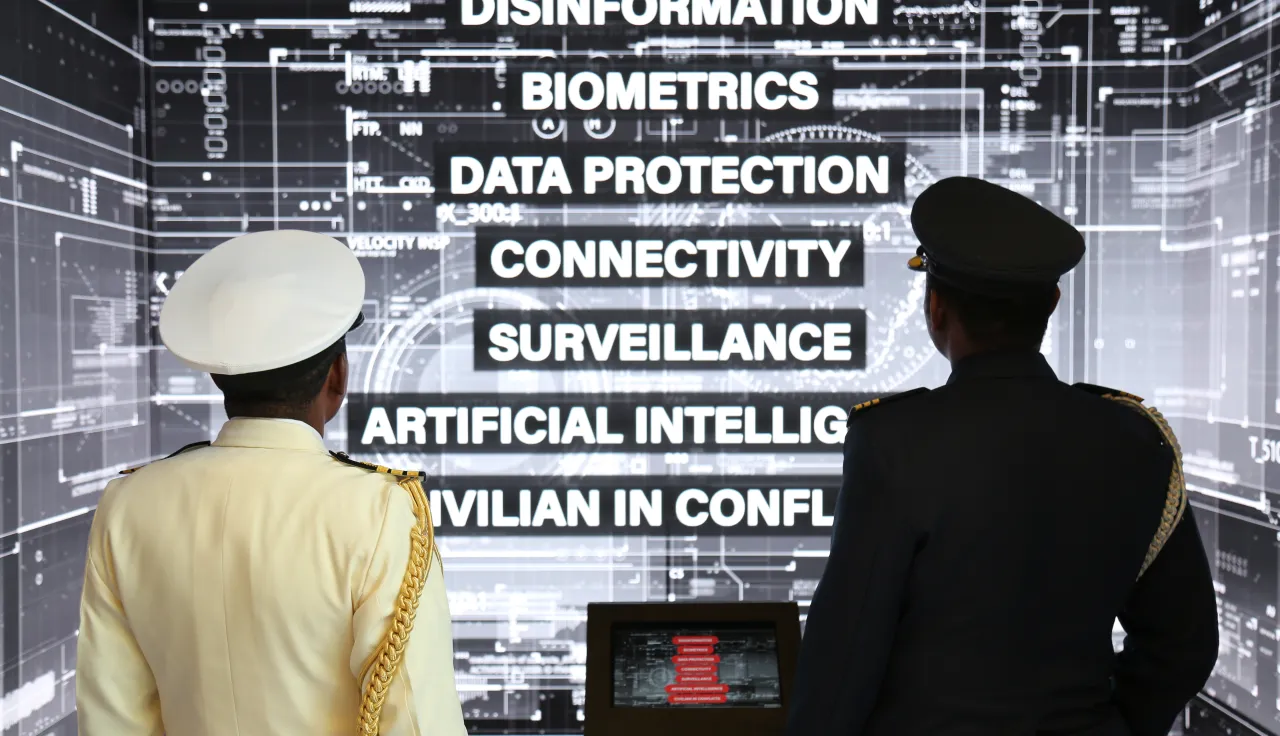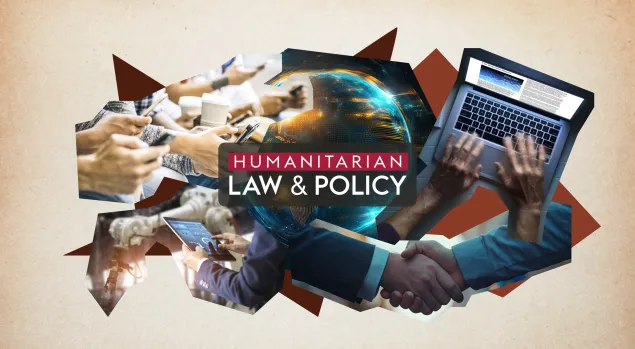Humanitarian action in the digital sphere
The digital transformation has changed the way that wars are fought and what impact they have on civilians. It has also transformed the way humanitarian organizations work, by offering new ways to use digital information and provide digital assistance that create opportunities to improve the lives of people affected by crisis. However, there are also concerns about the potential negative effects of these technologies: risks of surveillance, data exploitation, weaponization, and information denial can be especially dangerous in crises.
The push for digitalization has led the humanitarian sector to rely more on digital technologies for their own functioning, as well as to engage with people affected by conflict. However, the long-term impact of these tools is often unclear.








